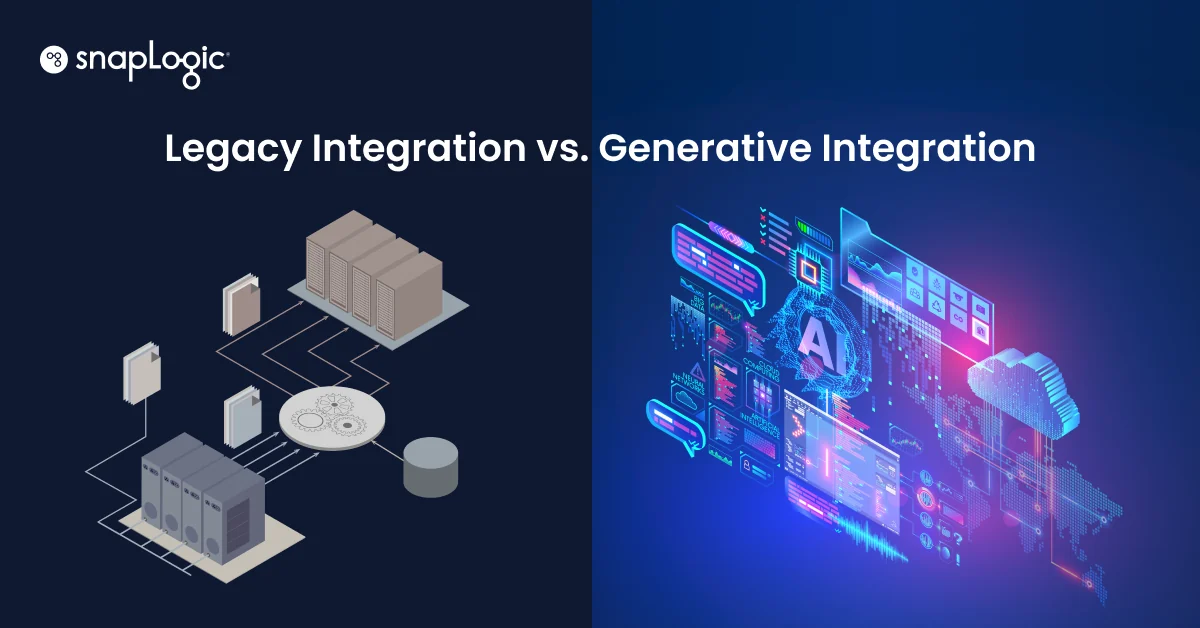Recently Jeff Kaplan from THINKstrategies published a whitepaper called, The Integration Implications of the Internet of Things in a Connected World: Why Application and Data Integration is Even More Important, and Why it Demands a More Modern Approach. He also wrote about Selling the Internet of Things on the Sandhill.com blog and wrote about the new whitepaper on his blog. A key section of the paper drills into some of the specific use cases for Salesforce.com customers. Here’s an excerpt:
The integration imperative is clearly illustrated by the emerging data challenges associated with Salesforce.com?s three areas of primary focus:
Sales Cloud: The main use cases for the Sales Cloud ensure the sales team has a single customer view and processes such as the opportunity-to-order workflow are streamlined so that you have better alignment between front office and back-office operations. In some cases, this means the initial CRM to CRM migration from a legacy system like Siebel to Salesforce.com. But migration, and specifically manual data loading, is not really integration. The integration process begins with the synchronization of the account information, but also requires better access to financial systems to ensure alignment across sales and finance where the master data is typically housed. Cloud migration and integration processes can be complicated even further when an organization decides to also move to a Cloud-based financial management system such as Intaact, NetSuite, or FinancialForce. Now, mission critical ERP data must be moved from legacy systems powered by SAP, Oracle EBS, Microsoft Dynamics AX, etc. Truly achieving the single customer view across all of these systems and ensuring that your sales team is highly productive and Salesforce is well adopted is easier said than done. Being able to tackle the multi-faceted integration challenge at cloud speed is the key driver to CRM success.

Marketing Cloud: The Marketing Cloud represents a fundamental shift to a more dynamic, digital marketing approach that is driven by a deeper set of analytics from multiple channels. Generating, collating and interpreting real-time data from various marketing programs can produce valuable insights about customer preferences based on their priorities and buying behavior. Tracking this behavior, measuring its impact and monitoring how it is affected by various marketing campaigns and triggers is essential to win and retain customers. Unified application, process and data integration is critical to turn subjective marketing ideas into scientific marketing techniques that can produce quantifiable results.
Service Cloud: Organizations of all sizes across nearly every industry are recognizing that properly supporting their customers is critical to long-term success in today?s ?subscription economy?. Providing quality services can ensure customer satisfaction, reduce churn, increase the lifetime value of the customer and encourage cross-sales opportunities and referrals. This is the premise which has driven the growth of Salesforce.com?s Service Cloud. And, once again, pulling together the data generated from an organization?s helpdesk operation with that gathered from its CRM, marketing automation and financial systems will give an organization valuable information about the needs of individual customers and unique insight into potential new market opportunities. A growing number of Cloud/Software-as-a-Service (SaaS) players, such as ServiceNow, are also focusing on the service management space, compounding the need for powerful and proven cloud service integration requirements.
Pulling all these pieces together, along with a myriad of connected objects and devices, is the key challenge facing organizations of all sizes across various industries today.
To read more, download the whitepaper here.









